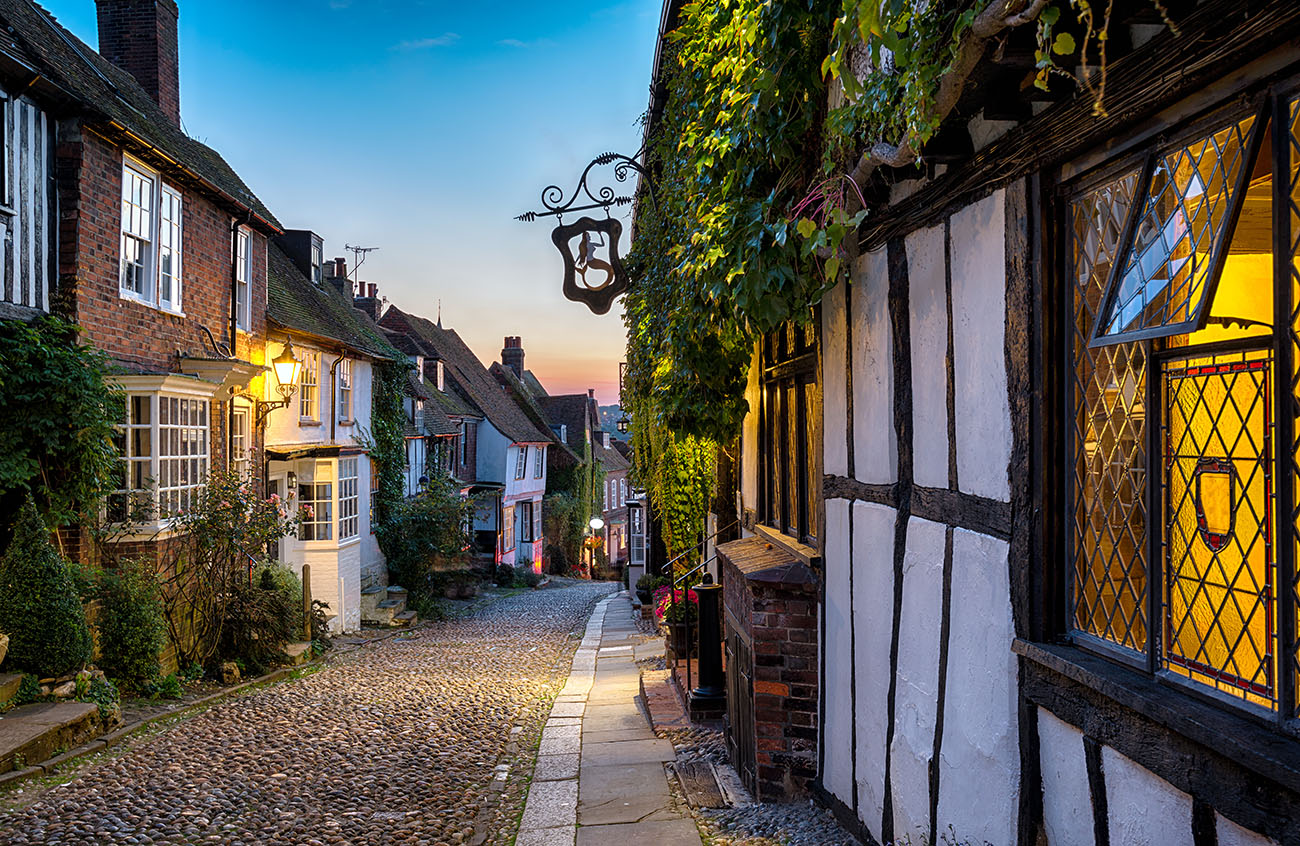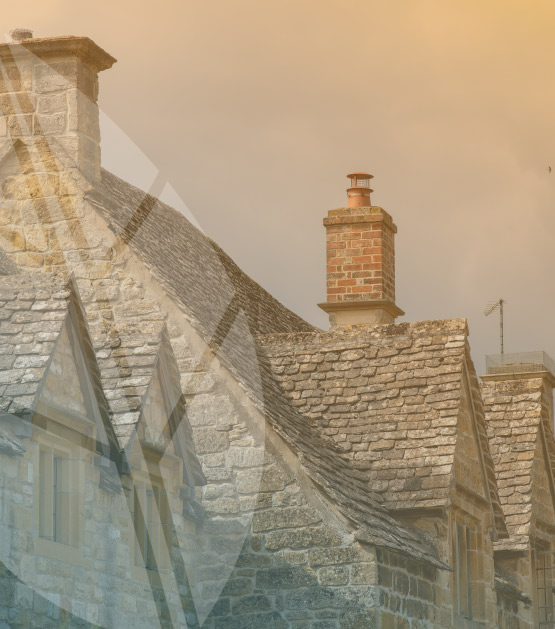Older and Traditional Buildings Qualification: Why it is vital for all Retrofit Professionals?
Retrofitting older and traditional buildings comes with a number of potential risks. Elmhurst’s brand new course provides retrofit professionals with the vital knowledge and skills required to work on these buildings once PAS 2035 (2023) is implemented.
But why is this qualification important for retrofit professionals?

The risks of retrofitting older and traditional buildings
One of the biggest risks of retrofitting older, traditional or historic buildings is the potential to damage the building fabric. This can happen if the work is not carried out carefully or if the wrong materials are used. This is of particular significance if the original construction was solid brick.
Retrofitting also has the ability to alter the character of a historic building, particularly if the building is listed or has other statutory protection. For this reason, it is important to choose retrofit measures that are sympathetic to the building’s original design and materials.
There can also be a number of unintended consequences when retrofitting an older building, such as changes to the building’s ventilation or thermal performance. These changes can lead to problems such as condensation, mould growth, and overheating. For this reason, it is important from retrofit professionals to have a thorough understanding of the building before carrying out any work, allowing them to choose retrofit measures that will not have a negative impact.
Other costs and considerations
Any retrofit work carried out must comply with all relevant building regulations. This can often be complex for traditional and historic buildings, as the regulations, on the whole, are not written with them in mind. It is therefore important to seek professional advice to ensure that any work carried out will be approved under the relevant regulations.
Retrofitting traditional or historic buildings can also come at a greater cost when compared to retrofitting more modern buildings. This is because the work may require specialist skills and materials.
PAS 2035 (2023): A new age for retrofitting older buildings?
The guidance and risks noted above can apply to any home built before 1919 or any solid brick or stone built property.
For this reason, Elmhurst is supportive of the changes outlined in the recently published version of PAS 2035 (2023) which states that all retrofit professionals will need to hold a ABBE Level 3 Award in Energy Efficiency for Older and Traditional Buildings or equivalent when the new version if formally adopted. Currently this qualification is only required if you are working on properties that are either listed, in a conservation area or a World Heritage site.
The current UK housing stock consists of approximately 28.5 million homes. This means that, following the implementation of PAS 2035, retrofit professionals will need this qualification to work on approximately 21% of the UK housing stock; equivalent to around 6 million properties.
As this implementation date for PAS 2035 (2023) has not yet been announced, Retrofit Assessors and Coordinators still have time to book onto the appropriate course and achieve this qualification before the new requirement lands.
ABBE Level 3 Award in Energy Efficiency for Older and Traditional Buildings
Elmhurst’s on-demand course delivers full guidance and awareness for assessing and identifying energy efficiency improvement measures within old and traditional buildings. It will equip you with the knowledge and skills required to work on older and traditional buildings in line with the PAS 2035 (2023) standards.
If you are specifically working as a Retrofit Assessor or Retrofit Coordinator, it will ensure that you are collecting all the relevant information and making appropriate decisions when retrofitting older buildings, ensuring the properties are sympathetically treated.
Each module explores a distinct topic, covering areas such as age identification, understanding of nature, key characteristics, principles of significance and conservation, as well as the various components of buildings, including walls, roofs, and floors. There is a short test at the end of each module to confirm your understanding of the material.
Once you have completed all the modules, you will bring your learning and previous knowledge together to complete two cases studies that will be independently assessed.
ABBE Level 3 Award in Energy Efficiency for Older and Traditional Buildings
Interested to find out more? Click below to view the full course.
VIEW COURSE >
